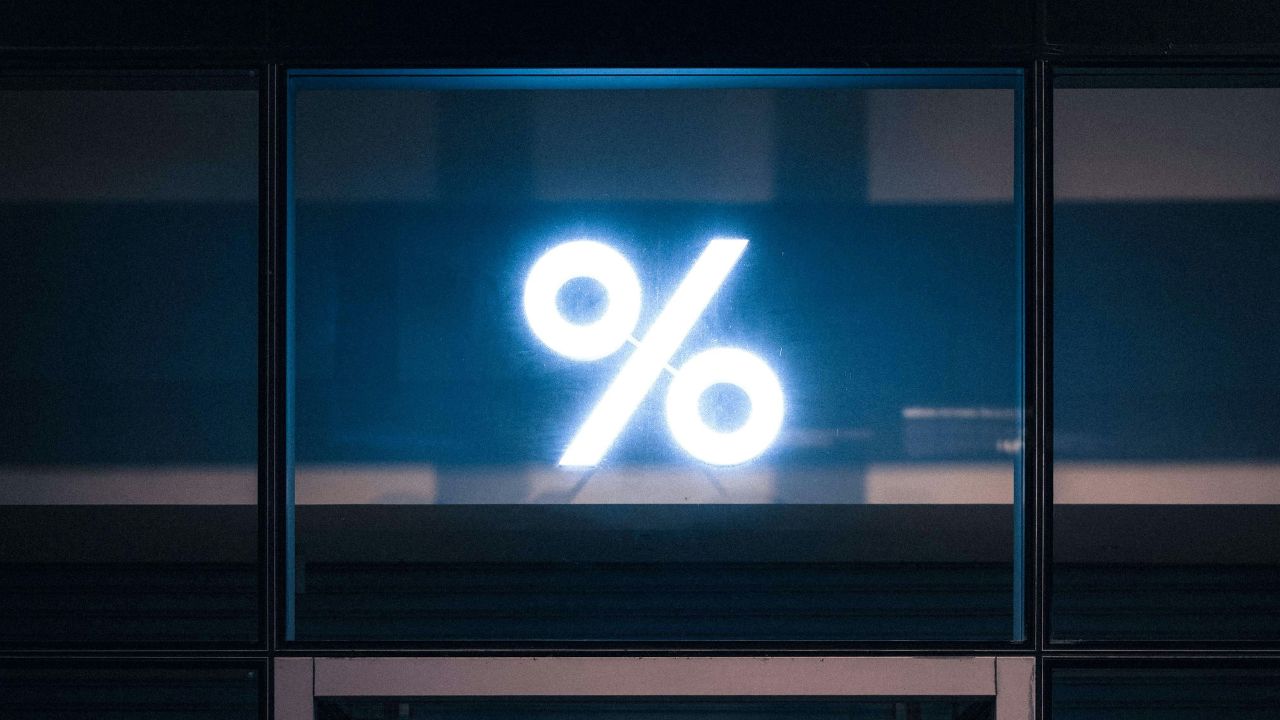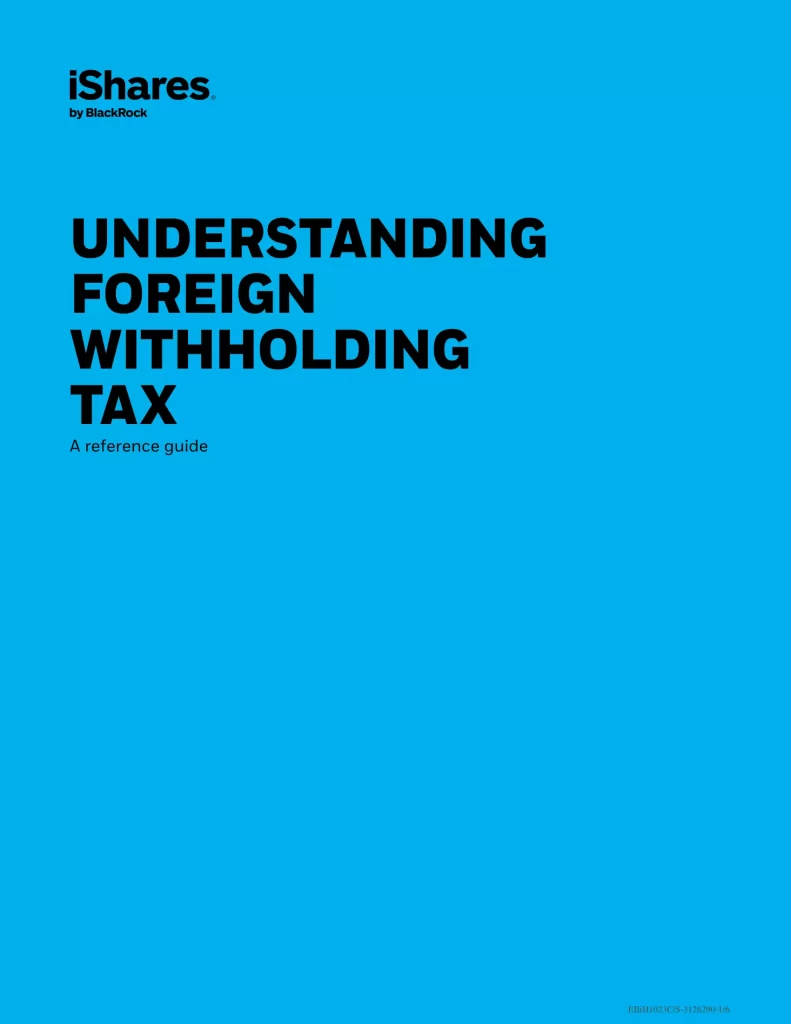The bank rate is an important tool for central banks to manage the economy and is closely watched by economists, investors, and policymakers. The minimum rate at which the Bank of Canada makes short-term advances to the chartered banks, other members of the Canadian Payments Association and the investment dealers who trade in the money market. Changes to the bank rate can have significant impacts on financial markets, interest rates, and the overall economy.
What is the Bank Rate?
The bank rate, also known as the discount rate, is the interest rate at which central banks, such as the Federal Reserve in the United States, lend money to commercial banks. The bank rate is typically used as a tool by central banks to influence the money supply and interest rates in an economy.
A higher bank rate makes borrowing from the central bank more expensive for commercial banks, which can encourage them to lend less and reduce the money supply. This, in turn, can lead to higher interest rates for consumers and businesses, making it more expensive to borrow money and slowing down economic growth.
A lower bank rate, on the other hand, makes borrowing from the central bank cheaper, encouraging commercial banks to lend more and increasing the money supply. This can lead to lower interest rates, making it easier and cheaper for consumers and businesses to borrow money and stimulating economic growth.
Conclusion
A bank rate is the interest rate a nation’s central bank charges to its domestic banks to borrow money. The rates central banks charge are set to stabilize the economy. In the United States, the Federal Reserve System’s Board of Governors set the bank rate, also known as the discount rate.
Banks request loans from the central bank to meet reserve requirements and maintain liquidity. The Federal Reserve issues three types of credit according to the bank’s financial position and needs. In contrast to the bank rate, the overnight rate is the interest rate fellow banks charge each other to borrow money.





